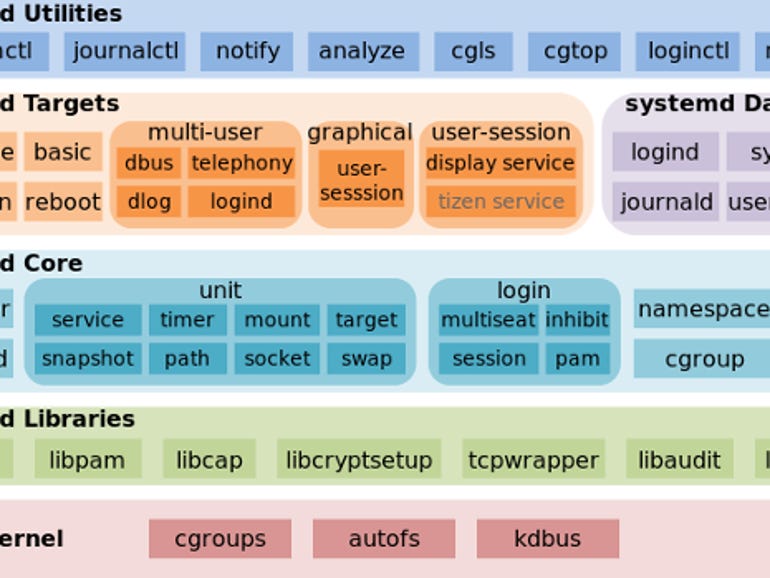
Designing service discovery and load balancing in a microservices architecture
Transitioning from a monolithic architecture to microservices is an intricate, time-consuming task. It demands both strategic foresight and meticulous execution.
In this 10-part series, we’ll guide you through the most common challenges faced during monolith to microservices migration. Last week we published the third part of our series, on how how to pick the right inter-service communication pattern for your microservices. This week, we are going to dive into service discovery and load balancing in microservices architecture.
We'll publish a new article every Monday, so stay tuned. You can also download the full 10-part series to guide your monolith-to-microservices migration.
Static service discovery mechanisms, such as hardcoding service locations or using load balancers, fail when tasked with navigating the complexities of a microservices architecture.
Service discovery mechanisms allow microservices to locate and connect to the appropriate instances of other services that they need to communicate with. When tasked with locating and connecting instances across microservices, these systems become overwhelmingly complex and difficult to manage. And because they are built to communicate within a monolithic environment, they encourage tight coupling across your architecture creating a ‘distributed monolith’, as discussed in the first article of this series.
















